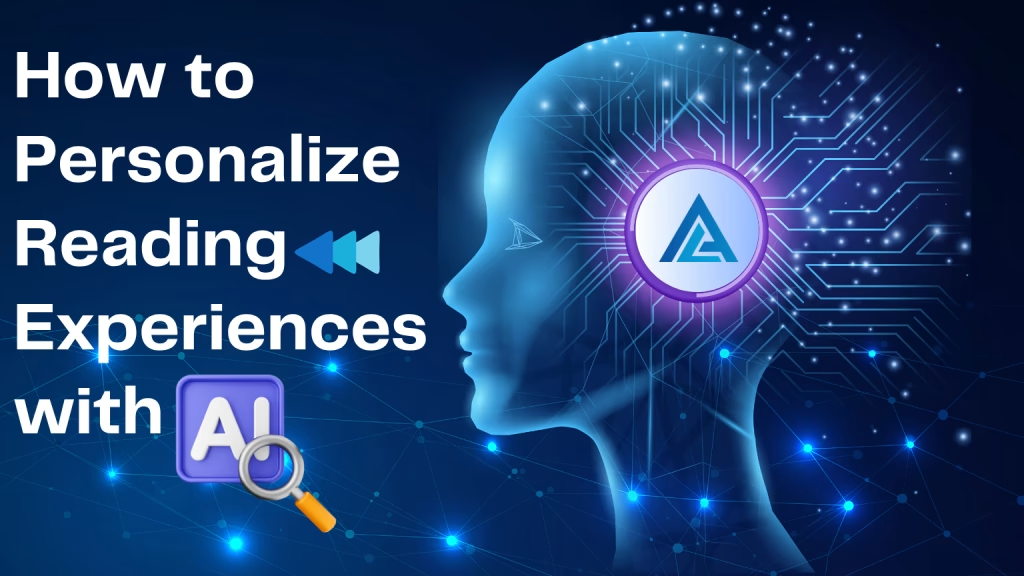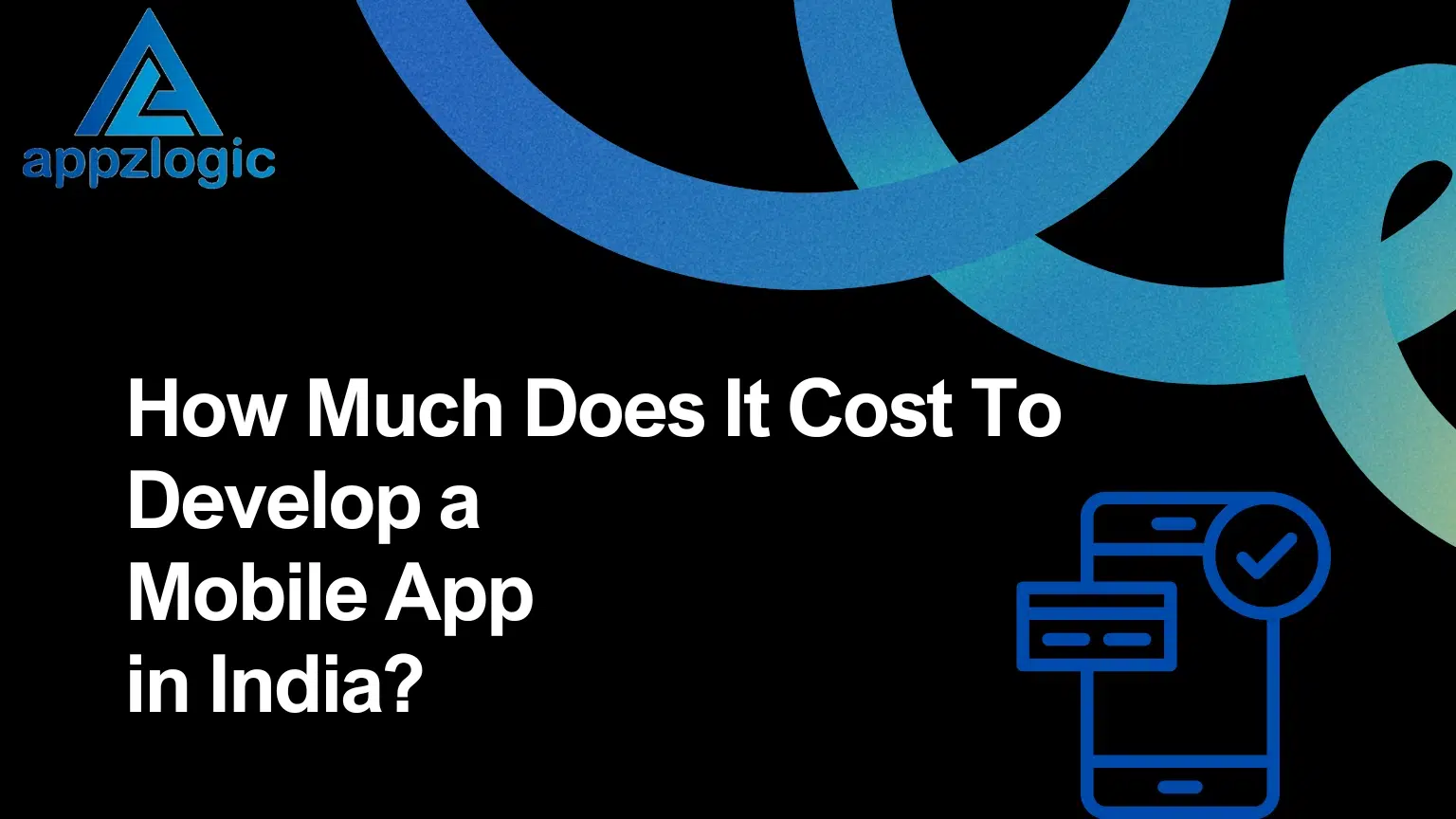
How to Personalize Reading Experiences with AI?
Readers, especially book lovers, expect access to content, they want Personalized Reading Experiences that reflect their tastes, interests, and moods. Artificial Intelligence (AI) makes this possible by customizing reading journeys for individual users, enhancing engagement and satisfaction across the board.
Using an AI to personalize user experience
The modern reader desires experiences that feel uniquely theirs. This is where AI-driven personalization plays a vital role. Using an AI to personalize user experience involves analyzing behavior, preferences, and interests to curate content that resonates with each user. According to studies, more than 76% of users feel frustrated when they do not receive personalized services. Businesses that embrace AI personalization are not only improving user satisfaction but also building long-term customer loyalty.
AI Can Create a More Tailored Reading Experience

Whether it is recommending a new thriller based on previous reading history or adjusting content based on a user engagement style, AI can create a more tailored reading experience than ever before. Machine learning algorithms assess real-time data to offer dynamic content that keeps readers engaged and interested.
This also means readers spend less time searching and more time enjoying stories that truly resonate with them.
How Can AI Deliver Them Effectively?
The answer lies in the power of data. AI systems collect, analyze, and interpret large volumes of data to understand user behavior. They can then personalize book suggestions, reading formats, and even narrative styles to suit individual preferences. This results into Faster discovery of relevant content, deeper reader engagement, and more impactful storytelling.
Real Benefits of AI Personalization

There are many ways AI personalization helps both customers and businesses.
- Better Customer Engagement: When people see content that matches their needs or interests, they are more likely to respond. Personalized experiences make customers feel valued, which builds stronger relationships.
- Higher Sales and Conversions: When product recommendations match a user’s taste, they are more likely to make a purchase. AI helps guide customers toward what they actually want and improve conversion rates.
- Increased Customer Loyalty: Personalized service keeps customers coming back. When people feel understood and appreciated, they are more likely to stick with a brand over time.
- Time and Cost Savings: AI can automate many tasks, such as creating custom emails or offering suggestions. This saves time for marketing teams and reduces costs while still offering great experiences.
- Improved Decision Making: AI gives businesses deep insights into customer behavior. This helps them make better decisions about products, services, and marketing strategies.
- Learners Can Create AI-Generated Stories in 14 Different Languages: One of the most exciting developments is that learners can create AI-generated stories in 14 different languages. This not only empowers readers but also opens a world of creative exploration for students and educators.
How Does AI Personalization Work?
Behind the scenes, AI personalization uses several smart tools and techniques.
- Data Collection: First, AI gathers data from various sources, like websites, apps, social media, and past purchases. This gives a complete view of each customer’s perspective.
- Behavior Analysis: Next, it studies how people interact with content. For example, what pages they visit, what they click on, how long they stay, and what they buy.
- Pattern Recognition: Using this data, AI identifies patterns and trends. It learns what different types of users prefer and predicts what they might like in the future.
- Real-Time Personalization: Based on its insights, AI delivers content, suggestions, or messages to each user instantly. This could be a product suggestion, a chatbot response, or even a webpage layout that changes based on the visitor’s needs.
- Feedback Loop: The AI keeps learning over time. It adjusts its recommendations based on what works and what does not, constantly improving the experience.
AI-Driven Personalized Learning
Education is undergoing a significant transformation with AI-driven personalized learning. AI identifies a learner’s strengths, weaknesses, and preferred content formats to design customized reading plans. Whether it is interactive e-books or adaptive reading assessments, AI ensures that every learner’s journey is optimized for maximum understanding.
AI Is Revolutionizing Education
From classrooms to e-learning platforms, AI is revolutionizing education by enabling personalized reading experiences. It supports educators with insights into student behavior and progress, allowing them to intervene with the right resources at the right time. AI also breaks barriers for students with learning disabilities by providing adaptive content and assistive reading tools.
AI-Powered Book

Imagine opening a book that adapts to your reading habits, that is exactly what an AI-powered book offers. These digital books can modify language complexity, suggest reading breaks, or even change character arcs based on your engagement.
AI Reading Personalization Tools
A growing number of AI reading personalization tools are now available to publishers, educators, and app developers. These tools help deliver user-specific content recommendations, adjust reading interfaces, and generate summaries based on user preferences. From AI algorithms that fine-tune vocabulary to tools that adapt visuals for better focus, these technologies are redefining how we consume text.
Mood-Based Reading Suggestions AI
AI can even understand your emotional state. With mood-based reading suggestions AI, readers receive book recommendations that match their current mood, whether it is something light-hearted after a stressful day or something thought-provoking when they are in a reflective mood.
AI Reading Assistant for Publishers

Publishers are also benefitting from the AI reading assistant for publishers. These smart assistants analyze reader data to help publishers decide which genres, formats, or themes are most effective. They also support content editing and creation, ensuring that the material aligns with current reader demands. As a result, publishers can produce content that truly resonates with their audiences.
Smart Personalized E‑Book Experiences
AI brings smart personalized e‑book experiences that adjust in real time to reader behavior. From font resizing and background lighting to auto-summarization and chapter skipping, these AI-driven features make e-books more accessible and intuitive. It transforms the static e-book into an interactive, evolving reading companion.
Why AI is the Key to Personalization
Trying to personalize experiences for thousands or even millions of customers can be overwhelming. That is why many companies are turning to AI. In fact, around 92% of businesses are already using or planning to use AI for this purpose. AI tools can quickly look at huge amounts of customer data to find patterns. Based on these insights, they can predict what a customer might like, need, or do next. This helps businesses offer the right product, message, or offer at the right time.
Conclusion
AI is not just transforming how we read; it is defining the entire reading experience. By delivering content that is tailored to everyone’s preferences, mood, and behavior, At Appzlogic we ensure that AI reading becomes more engaging, meaningful, and enjoyable. From smart e-books to mood-based recommendations and AI-powered assistants for publishers, the possibilities are vast and growing.
As a U.S.-based automation partner, we have helped startups and enterprises in cities like New York, Austin, and San Francisco automate testing pipelines and increase ROI.
Frequently Asked Questions
AI reading personalization is the use of artificial intelligence to customize reading experiences based on user preferences, behavior, and context.
AI helps publishers by offering tools for content analysis, trend prediction, and automated personalization, improving efficiency and reader satisfaction.
Yes, AI tools can create personalized content for children and support multiple languages, making reading accessible to a global audience.
Most AI personalization tools follow strict data protection protocols, though it is essential to choose platforms with transparent privacy policies.
Mood-based reading suggestions use AI to analyze a reader’s current emotional state through inputs like selected emojis, text, or past behavior.


